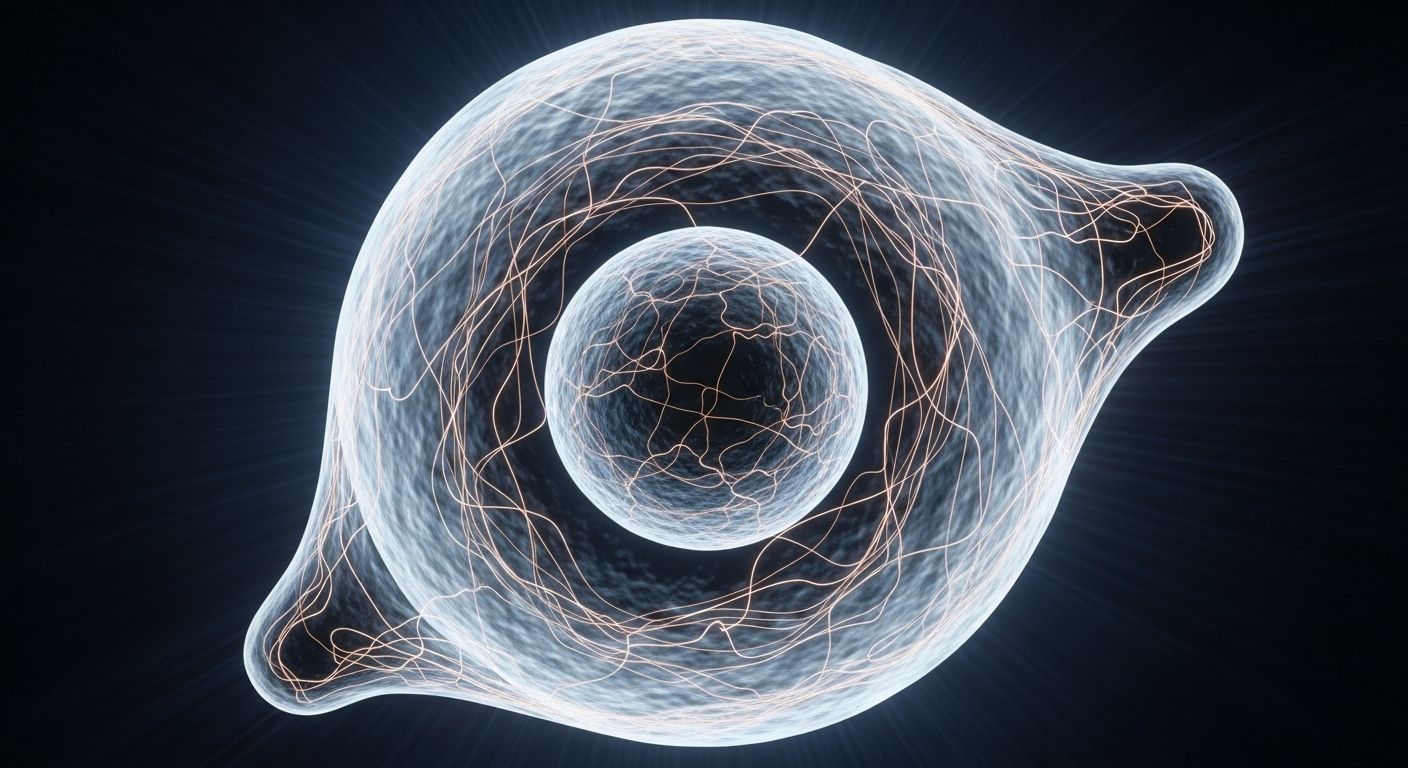
Cellular Respiration – How Cells Make Energy is a core biology course that reveals the hidden engine behind every living organism: the process of converting food into usable energy. Through cellular respiration, cells transform glucose into adenosine triphosphate (ATP), the molecule that powers everything from movement to memory.
This lesson breaks down the stages of this vital process, showing how oxygen plays a starring role and how cells extract energy with remarkable efficiency. Whether you’re studying for exams or simply curious about how your body runs, this course offers a clear and compelling look at life’s energy system.
⚡ By the end of this course, you’ll be able to:
This course is ideal for learners who want to understand how cells power the body and sustain life. It’s especially valuable for biology students, educators, and anyone fascinated by the science of energy production.